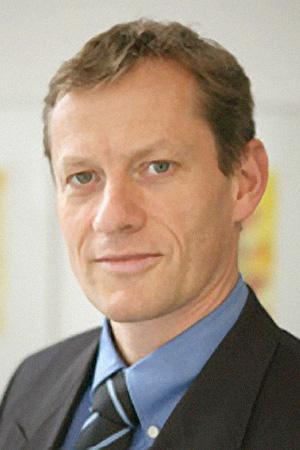
Thomas Sunn Pedersen
Thomas Sunn Pedersen
Max Planck Institute for Plasma Physics
Friday, October 20, 2017
3:00pm
Abstract: Stellarators provide a potentially attractive concept for fusion power production, owing to their intrinsic steady-state capabilities, and their lack of current-driven disruptions. This talk will introduce the Wendelstein 7-X (W7-X) stellarator, a highly optimized stellarator experiment that went into operation in 2015. With a 30 cubic meter volume, a superconducting coil system operating at 2.5 T, and steady-state heating capability of eventually up to 10 MW, it was built to demonstrate the benefits of optimized stellarators at parameters approaching those of a fusion power plant. The W7-X mission and goals will be presented, and a summary of results from limiter operation will be given, followed by freshly obtained results from the now running operation phase 1.2, which features 10 divertor units, and ECRH heating with up to 10 gyrotrons and more than 30 diagnostic systems.
Bio: Thomas Sunn Pedersen graduated with a M. Sc. degree in 1995 from the Technical University of Denmark, having completed his Master's thesis at Ris National Laboratory in computational plasma physics. He then went to MIT (Cambridge, MA) and graduated with a PhD in plasma physics in 2000. His thesis work focused on soft x-ray measurements and modelling of impurities in the Alcator C-Mod tokamak. After that, he started as a faculty member in the Department of Applied Physics and Applied Mathematics at Columbia University in New York, NY. At Columbia University, he designed and built a remarkably simple stellarator, the Columbia Non-neutral Torus, which he then used to study pure electron plasmas and partially neutralized plasmas. In 2005, he was promoted to associate professor, and in 2007 he received tenure. In 2010, he was appointed a scientific member of the Max-Planck-Society in Germany, and in 2011, he started as Director of the Stellarator Edge and Divertor Physics Division at the Greifswald branch of the Max-Planck Institute of Plasma Physics. He is also a professor of physics at Greifswald University.